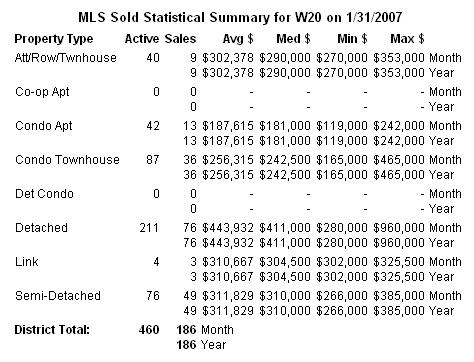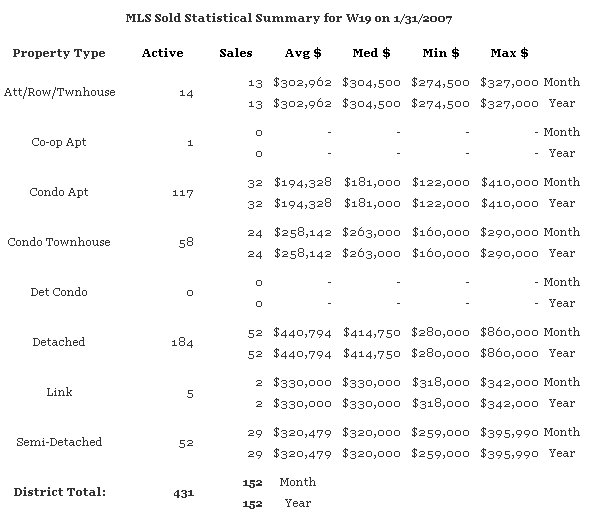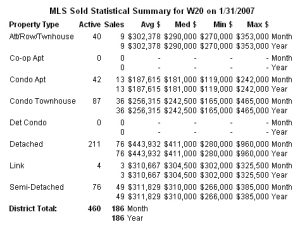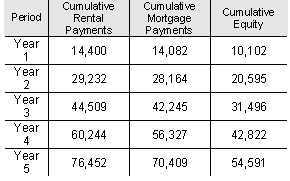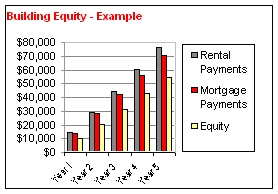
HIGHLIGHTS
- U.S. and Canadian core inflation creeps higher while energy sinks total inflation
- Canada’s recent productivity woes due in large part to the natural resource sector
While it won’t top the glamour of this Sunday’s
Academy Awards, this was CPI inflation week in North
America. Gyrating energy prices continue to steal
the spotlight in driving total inflation as lower
gasoline prices helped restrain the all-items index
in both countries in January. Since current energy
prices are still being compared to their
pre-nosedive levels observed a year ago, total
inflation will likely remain on the weak side
through this summer. Meanwhile, core inflation rose
slightly in both Canada (from 2.0% to 2.1%) and the
U.S. (from 2.6% to 2.7%) due in large part to
outsized jumps in several of the individual
components. The return of winter in Canada pushed
the clothing price index into positive territory,
temporarily breaking from the more familiar story of
falling prices. Travel services also leapt higher in
the month as Canadians either looked to escape
(travel tours rose 0.4%) or embrace (traveller
accommodation jumped 2.5%) the colder weather. In
the United States, medical costs and tobacco prices
fuelled the monthly increase.
Abstracting away from the monthly wiggles, core
inflation on both sides of the 49th parallel has
eased slightly in recent months, remaining in what
amounts to a very stable holding pattern. The only
problem is the relative altitude. While core in
Canada remains comfortably around the Bank of
Canada’s 2% target, in the U.S., core inflation
remains stubbornly high, sitting above what is
thought to be the Federal Reserve’s comfort zone of
between 2.0 and 2.5%. So while both central banks
are forecast to remain on the sidelines in 2007, the
Bank of Canada will have greater flexibility to
respond to unforeseen economic shocks. By
comparison, the Fed will likely be forced to
maintain their hawkish stance on monetary policy
until price pressures ease further.
Cooling housing market helps contain core in Canada
The booming housing market, especially in Western
Canada, held the starring role in determining the
path of core inflation over the last year as
blockbuster increases in the homeowner’s replacement
cost (HRC), which is keyed off of the new home price
index, pushed core inflation above the Bank’s 2%
target in late 2006. More recently, the pace of home
price appreciation has slowed (even Alberta is
showing signs of easing as the year-over-year
increase in new home prices has fallen from 52% last
August to 42% in December). This has translated to
more subdued increases in the HRC and helped contain
core inflation. This trend is likely to continue as
home price appreciation is expected to cool further
in the months ahead. Core inflation will also be
restrained by the recent fall in mortgage rates,
which will gradually pull the mortgage interest cost
component out from the shadow of higher rates
observed a year ago. All told, a more balanced
housing market will help keep Canadian inflation on
target.
OER keeps U.S. core elevated
The fly in the U.S. inflation ointment remains the
service sector – which has been tracking well above
3% for the last two years. While part of this
momentum can be attributed to components such as
medical care and education, the owner’s equivalent
rent (OER) component, with its 30% weight in core
CPI, has been particularly bothersome. The OER is an
imputed price (i.e. not directly observable)
representing the amount that a homeowner would earn
from renting their home. One of the quirks of the
OER is that it is very slow in incorporating changes
in the cost of household utilities. Given the
pronounced fall in energy prices since mid-2006, the
OER is likely overstating the true momentum in core
inflation. Nevertheless, the year-over-year increase
in the OER has remained unchanged in each of the
last three months, tentatively suggesting some
moderation in the months to come. Further easing in
this measure will come as great comfort to the
Federal Reserve.
Statistics Canada and the case of the missing
productivity
In what was an Oscar-worthy moment, Statistics
Canada opened the envelope on their explanation of
the recent productivity-sapping divergence between
real GDP growth and employment. Those looking for
revisions were sorely disappointed as the study
sought to explain and not correct the recent data.
The main cause of Canada’s weak productivity
performance has been a rotation of output towards
the relatively less productive natural resource
sector (and in particular mining). For example, in
2006 output per hour worked declined by 10% in the
resource sector – stripping a full percentage point
from economy-wide labour productivity. Weak
productivity growth was also noted in the
manufacturing sector which has faced its share of
difficulties ranging from the elevated value of the
Canadian dollar to enhanced global competition.
Labour shortages, especially in Alberta, have also
constrained productivity growth as lower educated
and both younger and older workers have been drawn
into the labour market. In Alberta, over half of all
the employment growth observed in 2006 was people
with less than a high-school education. Finally,
there have been an inordinate number of one-off
shocks that have undercut productivity including
strikes, production delays caused by accidents, and
warmer weather constraining utilities output. It
remains an open question if productivity will
improve once these temporary shocks disappear into
the rear-view mirror. An encouraging development is
that investment growth has remained strong,
suggesting that new productivity-enhancing capital
equipment may eventually support a recovery in
labour productivity. Until that time, the Bank of
Canada will be more tolerant of slower real GDP
growth as their estimate of Canada’s potential
economic growth rate may come under further downward
pressure.
While Canadian labour productivity remains in a
quagmire, there was some positive news from new
retail and wholesale trade data suggesting that the
economy may recover strongly from what will likely
be a very dismal final quarter of 2006 (we get the
data next week). The 2.3% jump in December’s retail
sales came as a great relief given the anaemic pace
of spending in previous months. While it was too
late to save Q4, December’s turnout points to strong
holiday sales (Chuck Norris action figures were
reportedly flying off the shelves) and solid
momentum into the first quarter of 2007. All told,
given December’s handoff, first quarter real GDP
growth could increase by as much as 3.0% annualized.
Article courtesy of R.Paul Chadwick Manager of Residential Mortgages, TD Canada Trust
For more information please contact A. Mark Argentino
A. Mark Argentino, Broker, P.Eng.,
Specializing in Residential & Investment Real Estate
RE/MAX Realty Specialists Inc., Brokerage
2691 Credit Valley Road, Suite 101, Mississauga, Ontario L5M 7A1
BUS. 905-828-3434
FAX. 905-828-2829
E-MAIL: mark@mississauga4sale.com
Website: Mississauga4Sale.com




